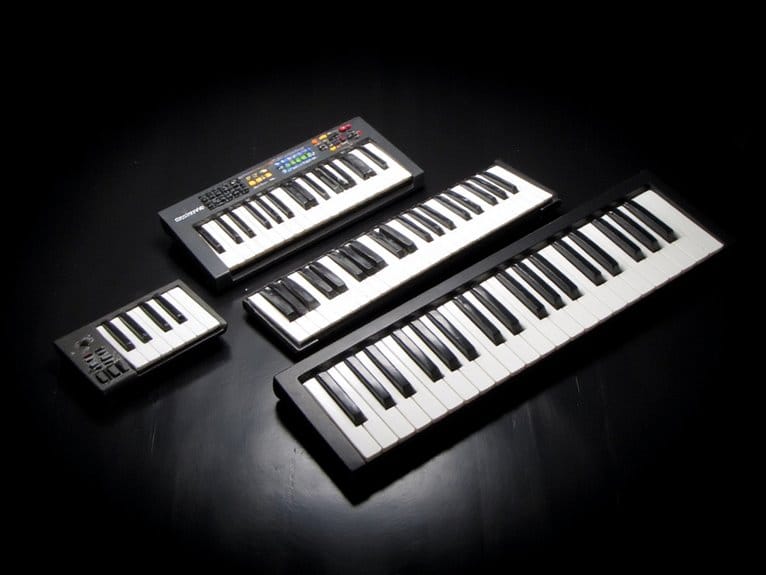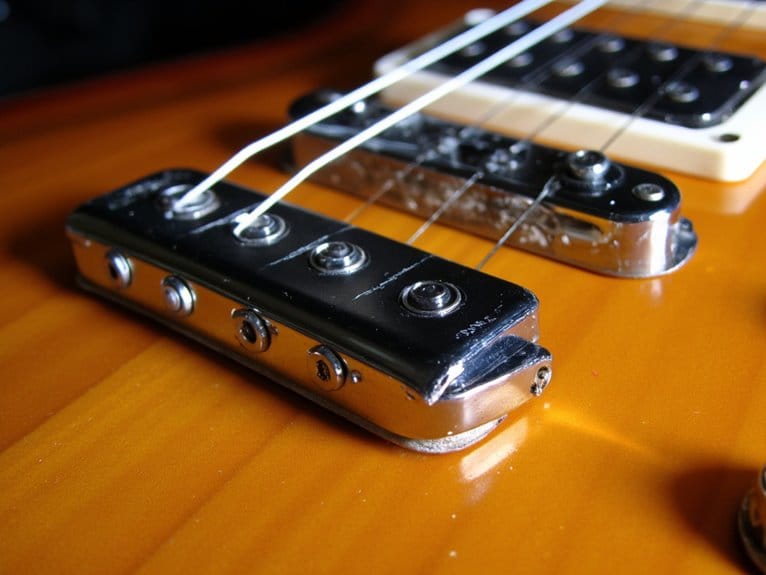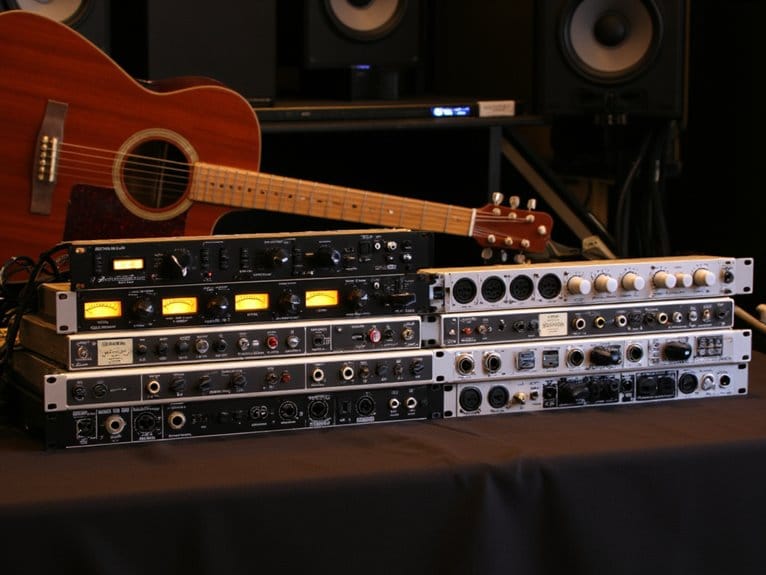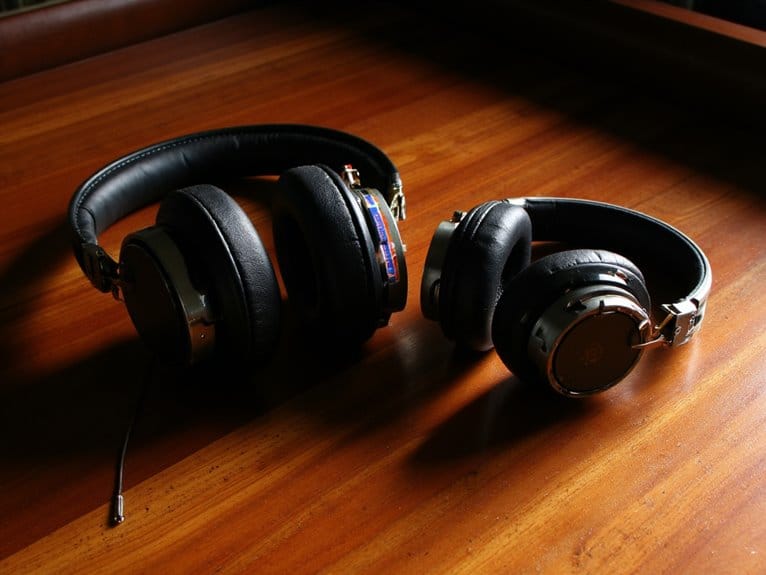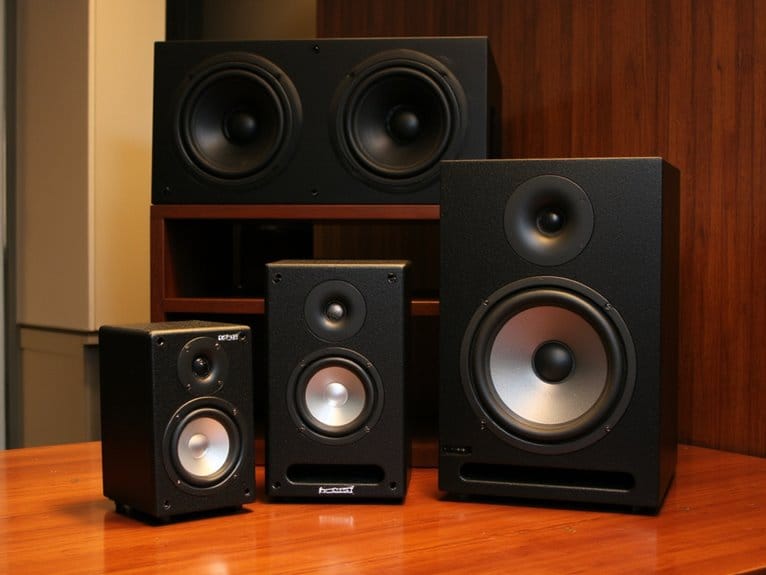Understanding MIDI Keyboard Key Counts: 25 Vs 49 Vs 61 Vs 88
Your MIDI keyboard choice hinges on balancing portability with musical range, where 25-key controllers excel for beat-making and tight spaces but require constant octave shifting, while 49-key models offer four-octave versatility for singer-songwriters without excessive bulk. The 61-key keyboards provide five octaves with enhanced expressiveness for complex arrangements, and 88-key models deliver the full piano experience with weighted keys for classical and jazz players. Understanding your workflow requirements and spatial constraints will guide you toward the ideal solution for your creative endeavors.
We are supported by our audience. When you purchase through links on our site, we may earn an affiliate commission, at no extra cost for you. Learn more.
Notable Insights
- 25-key controllers prioritize extreme portability for mobile producers but require frequent octave shifting for complex compositions.
- 49-key keyboards offer four octaves of range, providing versatile functionality for home producers and singer-songwriters.
- 61-key models extend to five octaves with semi-weighted keys, ideal for composers requiring complex arrangements.
- 88-key keyboards deliver full piano range with hammer-action mechanics, perfect for classical and jazz performances.
- Key count selection depends on workspace constraints, musical genres, and whether portability or comprehensive range matters more.
Key Count Options and Their Primary Characteristics
When I’m helping musicians choose their first MIDI keyboard, the question of key count inevitably surfaces as the most essential decision point, since it directly impacts both your creative capabilities and practical constraints.
Key count stands as the foundational choice that will shape every aspect of your MIDI keyboard experience and musical workflow.
You’ll encounter four primary options: 37-key models for tight spaces, 49-key keyboards that represent the sweet spot for versatility, 61-key versions offering extended range, and full 88-key controllers with complete piano coverage.
Each configuration affects your musical expression differently, with smaller models requiring frequent octave shifting while larger ones provide seamless multi-octave playing. Most producers find that 49 keys provide sufficient range for standard music production without overwhelming their workspace.
MIDI keyboard features expand with size, including more control knobs and sliders, though weighted key differences become most pronounced in 88-key models, which typically offer fully weighted action compared to the semi-weighted or non-weighted keys found in compact alternatives. Portable options under 5 pounds with USB-MIDI compatibility enhance accessibility for musicians who need to transport their equipment frequently. When connecting your MIDI keyboard to your recording setup, you’ll need to ensure proper DAW compatibility for optimal performance and session management. To maximize your recording quality, consider pairing your MIDI controller with professional-grade results from quality audio interfaces that provide the pristine conversion and monitoring capabilities essential for serious production work. Many controllers also include velocity-sensitive drum pads that enhance percussion programming capabilities regardless of the keyboard size you choose.
Compact 25-Key Controllers for Mobile Music Production
While I’ve covered the standard keyboard sizes that most producers consider, there’s actually a smaller category that deserves attention for its specialized role in modern music creation: the ultra-compact 25-key controller.
These transportable designs prioritize extreme portability over playing range, featuring miniature velocity-sensitive keys, programmable knobs, and drum pads packed into surprisingly lightweight units.
You’ll find they excel at mobile beat-making and laptop production, with USB bus power eliminating the need for external adapters.
The real brilliance lies in their portable workflow capabilities—many include arpeggiators, chord modes, and smart scales that expand your creative possibilities despite the limited key count. Advanced models feature DirectLink mode for automatic mapping to common DAW functions, streamlining your production workflow.
For coffee shop sessions or cramped home studios, they’re surprisingly capable compositional tools. Many manufacturers offer these controllers with comprehensive software bundles that include digital audio workstations and virtual instruments to maximize their creative potential.
Some models weigh as little as 2 pounds, making them ideal for producers who need to compose music while traveling or working in space-constrained environments.
Mid-Range Solutions: 49 and 61-Key Keyboards
Between the ultra-portable 25-key controllers and the full-sized professional instruments lies what I consider the sweet spot for most home producers: the versatile 49 and 61-key MIDI keyboards that deliver serious musical range without consuming your entire desktop.
These mid-range solutions present interesting playability factors, with 49-key models covering four octaves around middle C while 61-key versions extend to five octaves for more expressive performance capabilities.
The portability trade offs become evident when comparing weights—the Novation Launchkey 61 at 4.78 kg versus 4.08 kg for its 49-key sibling.
While 49-key controllers excel at programming synth parts and drum racks, 61-key models enable keyboard splits for dual sounds, reducing octave shifting during live performances and supporting complex compositions requiring broader musical ranges.
The Nektar Impact GX61 stands out in this category with its pitch bend and modulation wheels that provide increased musical expression while maintaining a budget-friendly approach for intermediate users.
For producers seeking enhanced workflow integration, the Novation Launchkey 61 MK4 offers velocity-sensitive keys and seamless DAW compatibility, making it an excellent lightweight option for musicians working across multiple studio setups.
Many mid-range keyboards feature semi-weighted keys that provide improved touch response compared to basic synth-action keys while remaining more portable than fully weighted options.
Full-Size 88-Key Keyboards for Professional Applications
For serious musicians and professional producers who refuse to compromise on authentic piano feel, 88-key MIDI keyboards represent the ultimate expression of digital craftsmanship, offering the complete range of an acoustic piano while delivering the technological sophistication that modern music production demands.
With full weighted keys utilizing graded hammer-action mechanics, you’ll experience heavier resistance in bass notes and lighter touch in treble, perfectly replicating acoustic piano behavior.
Professional 88-key controllers excel through three critical advantages:
- Complete tonal range – Access every note an acoustic piano offers
- Enhanced expressiveness – Aftertouch sensitivity reveals nuanced control over expansive sound libraries
- Seamless DAW integration – Built-in transport controls, faders, and programmable zones streamline your workflow
These keyboards feature premium keybeds with triple-switch detection systems, ensuring every subtle playing nuance translates into your recordings with remarkable precision and responsiveness.
Selecting the Right Key Count for Your Musical Needs
When you’re standing in front of a wall of MIDI keyboards at your local music store, the sheer number of options can feel overwhelming, but I’ve found that choosing the right key count comes down to honestly evaluating three fundamental factors: your physical workspace constraints, your specific musical workflow requirements, and the genres you’ll primarily be producing.
| Key Count | Best For |
|---|---|
| 25-key | Beat makers, tight spaces |
| 49-key | Singer-songwriters, balanced needs |
| 61-key | Composers, complex arrangements |
| 88-key | Classical players, studio work |
Your user preferences matter greatly—if you’re shifting from acoustic piano, smaller controllers will feel cramped despite their ergonomic design advantages. Electronic producers often thrive with 25-key models, while multi-genre artists typically need 49 keys minimum for comfortable chord progressions without constant octave altering.
Frequently Asked Questions
Can I Upgrade the Key Action on Smaller MIDI Keyboards Later?
Key action upgrades aren’t practical on smaller MIDI keyboards. You can’t perform MIDI keyboard modifications to change physical key feel since keybeds are integrated assemblies. You’ll need to buy a new keyboard instead.
Do All MIDI Keyboards Work With Every DAW Software?
You’ll find most MIDI keyboards work with major DAWs, but you might encounter MIDI compatibility issues with budget software or need manual mapping. Some controllers have DAW specific requirements for full functionality.
What’s the Price Difference Between Weighted and Non-Weighted Key Models?
You’ll find weighted key advantages come at a cost—they’re typically $400-600 more expensive than non-weighted models. Budget considerations matter since weighted keyboards start around $500 while non-weighted begin near $100.
Can I Connect Multiple MIDI Keyboards to One Computer Simultaneously?
You can connect multiple MIDI keyboards simultaneously through USB ports or dedicated MIDI interface options. Multiple keyboard setups work well in DAWs, where you’ll assign each keyboard to different MIDI channels for independent control.
Do MIDI Keyboards Require External Power or Run on USB Power?
You can power most MIDI keyboards through USB power alone, especially smaller models. Larger keyboards with more features often need external power adapters for stable operation and ideal performance.
On a final note
You’ll find the perfect MIDI keyboard by honestly evaluating your space, budget, and musical ambitions. If you’re constantly mobile, 25 keys work fine, though you’ll sacrifice playability for portability. For home studios, 49 or 61 keys offer the sweet spot between functionality and desk space. Professional pianists need 88 keys, period. Don’t overthink it—your playing style and available space will make the decision obvious once you’re realistic about your actual needs.

